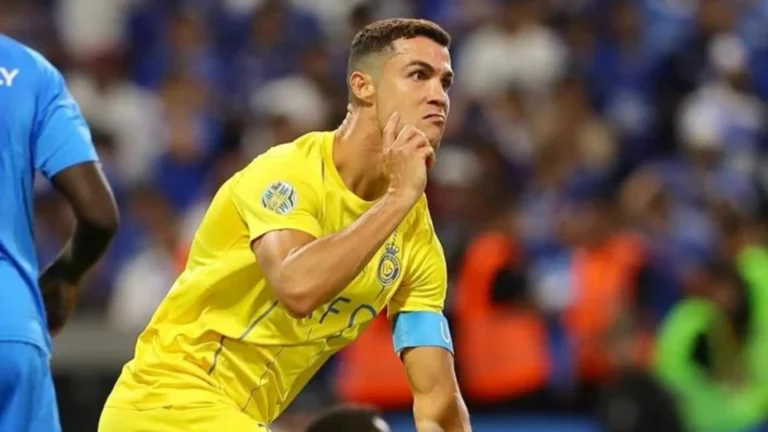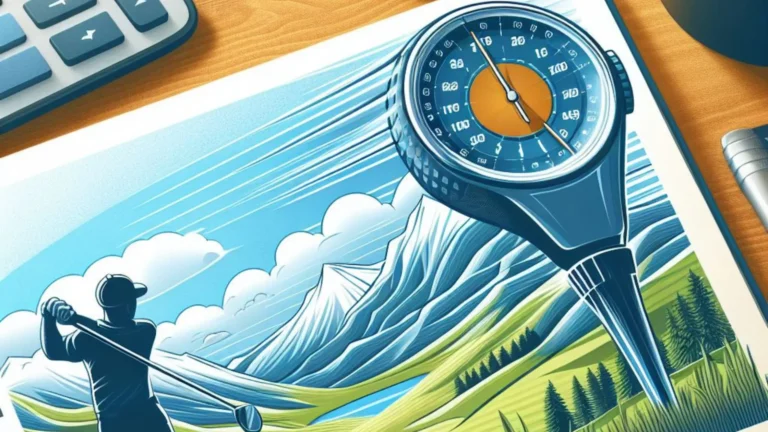Golf Terms That Every Golfer Needs to Know
Golf has a vast vocabulary full of nuanced colloquialisms developed over centuries of playing the Royal and Ancient game, from the tee box and fairway to hazards and the putting green. Understanding key golf terms facilitates conversations among players, caddies, and enthusiasts while also increasing on-course awareness. This overview includes simple definitions for commonly used terminology, as well as traditional rules and etiquette guidelines that regency players should be aware of.
Golf’s history spans more than 500 years, with quirky vernacular woven into competitive scenes at iconic clubs such as St. Andrews and evolutionary equipment breakthroughs altering gameplay dynamics. Along with tangible developments such as standardized rulebooks, numbered irons, and tournament formats, descriptive golf terminology became essential for communicating concepts about scorecards, player behavior, and the circumstances encountered during fluid outdoor match play.
Previously exclusive country club haunts opened up to mass participation during the twentieth century. Golf vocabulary permeated popular culture through media coverage and recreational appeal. Slang terms like “birdie” and “eagle” now denote accomplishments far beyond golf, while the unfortunate “bogeys” translates broadly. Understanding the fundamentals of golf terms enables newcomers to interpret unique linguistic nuances.
Shot Setup
Every successful golf shot begins with an assessment of the conditions, followed by a strategic approach to each new lie and desired trajectory to shape the best club and stance selection.
The teeing ground establishes the initial context before entering more dynamic fairway environments that necessitate selective shot shaping. Learning the locations of tee boxes and the compositional differences between woods, irons, and hybrids helps you become acquainted with your primary starting equipment.
Paying attention to grass conditions also informs crucial strategic decisions on slightly elevated tees or fairways, which provide advantages to specific golf ball trajectories. Through each stage, ambitious players balance yardage distance, accuracy, and hazards.
Scoring Terminology
Golf’s competitive scoring progression creates tension hole by hole, driven by specific target terminology that differentiates between good, average, and bad outcomes. Understanding numerical associations provides performance feedback.
A hole played in one under par earns a “ace” on the scorecard, whereas two under par earns a “eagle”. One under par produces a “birdie” with even par as “par” itself. Single bogey holes are annoying, but double or triple bogeys quickly accumulate debilitating penalty strokes. Ugly 7+ over par gambles indicate meltdown “snowmen”.
Positive Triples and Quads
Elite professionals can achieve astonishingly low scores against course par ratings by stringing together excellent hole performances. Highlights include:
Consecutive Birdies: Creating three or more birdies in a row.
Consecutive Eagles: It is extremely rare to see eagles back to back.
These unlikely scoring feats show world-class talent consistently excelling in composure and execution. All golfers should support them.
Penalties & Risks
Various penalty conditions are available to ensnare golfers through errant behavior or misfortune, requiring stroke and distance punishments.
Whiffing on full swings embarrassingly misses balls completely, eliciting laughter, whereas “shanking” shots veer clubfaces sideways, creating trajectory hazards. Water splashes and sandy bunker pluglies necessitate gritty atonements.
Perhaps worse, dishonesty or ignorance of established golf rules can result in painful disqualifications. Understanding penalties promotes ethical sportsmanship.
Course ManagementAwareness
Venturing beyond the tee boxes introduces variables that astute golfers account for through situational awareness, reducing risks near imposing course architectures.
The rough refers to thick grassy areas surrounding sculpted fairwayside bunkers and greenside slopes known as fringe, which prevent direct access to the softly contoured putting green.
Water features, trees, and sand traps deflect shots toward undesirable trouble. However, veteran players navigate with ease thanks to disciplined club selection, calculated risk-reward assessment, and routine recovery.
Equipment Essentials
Carrying well-stocked golf bags allows players to handle a variety of shot requirements and changing weather patterns with versatile club options, grip accessories, and caddying aids.
Woods address power, while mid irons cover fairway approaches. Precision wedge play chips near flags for short game masters. Putters roll final sinkable lake balls across fast, tricky greens.
Tees facilitate initial driving launch angles. Ball markers indicate positions, and divot tools repair scuffs from aggressive swings. Hand towels are used to wipe up messy accumulations while scurrying to continue playing.
Conclusion
The game within a game for roaming golf course architecture catalogs years of accumulated terminology, conveying situational advantages to experienced players. Focusing first on fundamentals such as appropriate clubs, grounded stances, and fluid swings opens the door to improvement. However, familiarity with nuanced golf vocabulary, particularly creek and lake verbs, provides much enjoyment. Respect language evolution and incorporate positive vocabulary into your personal reflection. Birdie opportunities are hidden amongst understanding.







